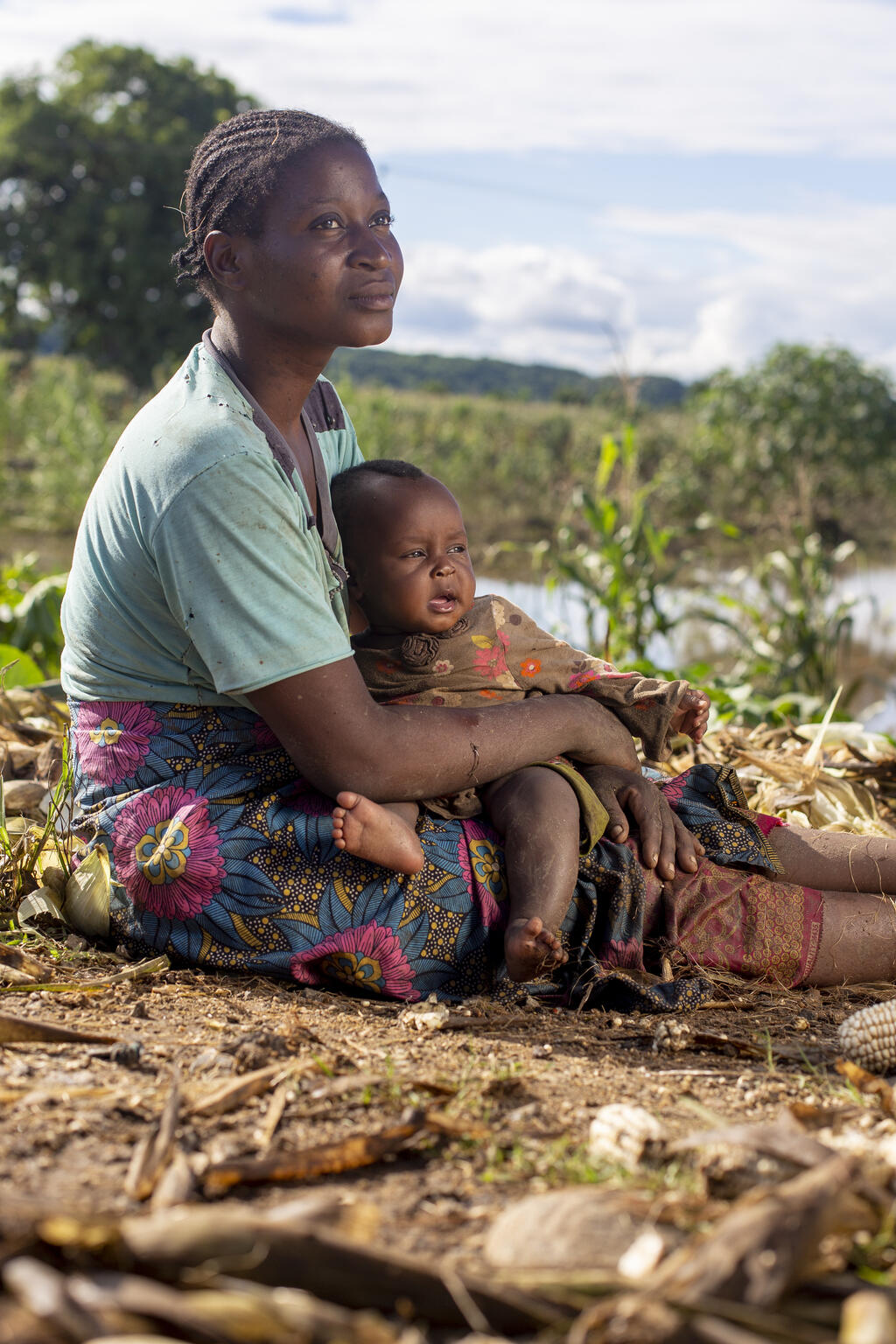Pesticides
The Problem
The doubling of pesticides usage since 1990 is undermining children’s right to a clean, healthy and sustainable environment. Today, one in five children and adolescents (490 million) globally are potentially exposed to pesticides. This estimate includes 112 million children who work in agriculture as child labour. Agriculture accounts for 70 per cent of all child labour, and 85 per cent of pesticides applied globally are used for agricultural purposes. In addition,biomonitoring studies in high-income countries show up to 90 per cent of children have detectable pesticide in their bodies, with dietary exposure identified as a major pathway.
Agricultural, vector control and domestic pesticide use continues to rise. This widespread use significantly threatens children’s health, as exposure-prevention measures have not kept pace with increasing use. Children face exposure through food and water, environmental contamination from spray drift, improper management, and pesticide residues on clothing. The continued use of Highly Hazardous Pesticides (HHPs), which present particularly severe acute or chronic hazards, intensifies these risks. Antibiotics and fungicides drive antimicrobial resistance and fungicide resistance in the target organisms. Infections with drug-resistant organisms are increasingly difficult to treat and a growing global problem.
1 in 5
children under the age of 5 – 124 million – are exposed to pesticides.
More than one child a day dies from pesticide poisoning. An estimated 375 children die from intentional or unintentional pesticide poisoning annually, according to WHO. However, India alone reported 761 fatal cases in children in 2021, suggesting significantly higher global totals.
Underestimated and overlooked: The silent impact of pesticides on children
Climate change will likely increase the use of pesticides
Health impacts

A growing number of studies demonstrate effects of pesticides on birth outcomes and an increased risk of congenital abnormalities. Antenatal exposure to pesticides are associated with oral clefts, cardiovascular abnormalities, and neural tube defects. Some, but not all, studies have shown that pesticide exposure is associated with risk of decreased birthweight.
The negative effects of pesticides on neurodevelopment are clear and well documented globally. These disorders can manifest as decreased performance in tests of cognitive and motor development in addition to neurological problems. The evidence for an association of organophosphate pesticides with decreased performance on cognitive and motor tests is substantial. An area of high clinical concern is the relationship between chronic low-level pesticide exposure and autism spectrum disorder (ASD) and ADHD.
Genotoxicity refers to a substance’s ability to damage genetic material, which can lead to hereditary defects if reproductive cells are impacted. Genotoxic substances can also play a role in carcinogenesis. Mounting evidence shows that children and adolescents living in agricultural areas or working in agriculture are at risk for genotoxic damage.
There is ample epidemiologic evidence of the association of pesticide exposure and childhood cancer. Studies have connected pre-conception/antenatal exposures to pesticides with neuroblastoma, antenatal indoor insecticide use with childhood brain tumours, and antenatal exposure to residential pesticides, including indoor insecticides, with statistically significant increased risk of childhood leukaemia, the most common paediatric cancer.
Accumulating evidence demonstrates an exacerbation of asthma and an increased risk of other adverse effects on the respiratory system in children after exposure to pesticides, in particular to organophosphate and pyrethroid insecticides. Findings of asthma and respiratory tract infections also indicate an impact of pesticides on the immune function of the lung.
Pesticides are known endocrine-disrupting chemicals (EDCs) – exogenous substances that can change the function of the endocrine system, causing adverse health effects. There are over 1,000 synthetic chemicals, including certain pesticides, which are known or potential EDCs; this is an enormous number and may be an underestimate. Human epidemiological studies suggest that EDCs in children affect antenatal growth, thyroid function, glucose metabolism, obesity, puberty and fertility.
What you can do
States should work to ensure that they have child-centred policies for pesticide-related legislation.
States should systematically analyse externalities of the cost of pesticides to children’s health and the environment and create economic incentives for the use of the lowest-risk pesticides.
States should include integrated vector management in national and regional vector control strategic plans
As outlined in the WHO Global Vector Control Response 2017-2030.
States should establish National Poison Centres
That will assist the public, as well as health care professionals, to prevent, diagnose and manage pesticide exposure.
The agricultural industry
Should use integrated pest management. It should also ensure safety of all agricultural workers who use and work around pesticides, educate workers on pesticide risks and provide access to and enforce use of personal protective equipment.
Non-agricultural businesses
Should also use integrated pest management.
Medical institutions and other organizations
Should increase training for all levels of health care professionals on the prevention, diagnosis and management of both acute and chronic pesticide exposures and poisoning.
Academic institutions
Should do interdisciplinary research that systematically evaluates the risk of pesticides to children's health and the environment.
Families, childcare centres and schools
Should use the least toxic pesticide measures, including integrated pesticide management. Parents who work around pesticides should try to minimize take-home exposures.
Urgent and coordinated international action is needed to reduce the use of pesticides globally and minimize children’s pesticide exposures. Pesticide regulation should follow a precautionary approach that is protective of children. A global environmental governance framework is in place that includes many direct and indirect legally binding and non-legally binding mechanisms for pesticide management. While this framework has been successful for minimizing some pesticide exposures for children, much more action is needed across all sectors to protect children’s health.